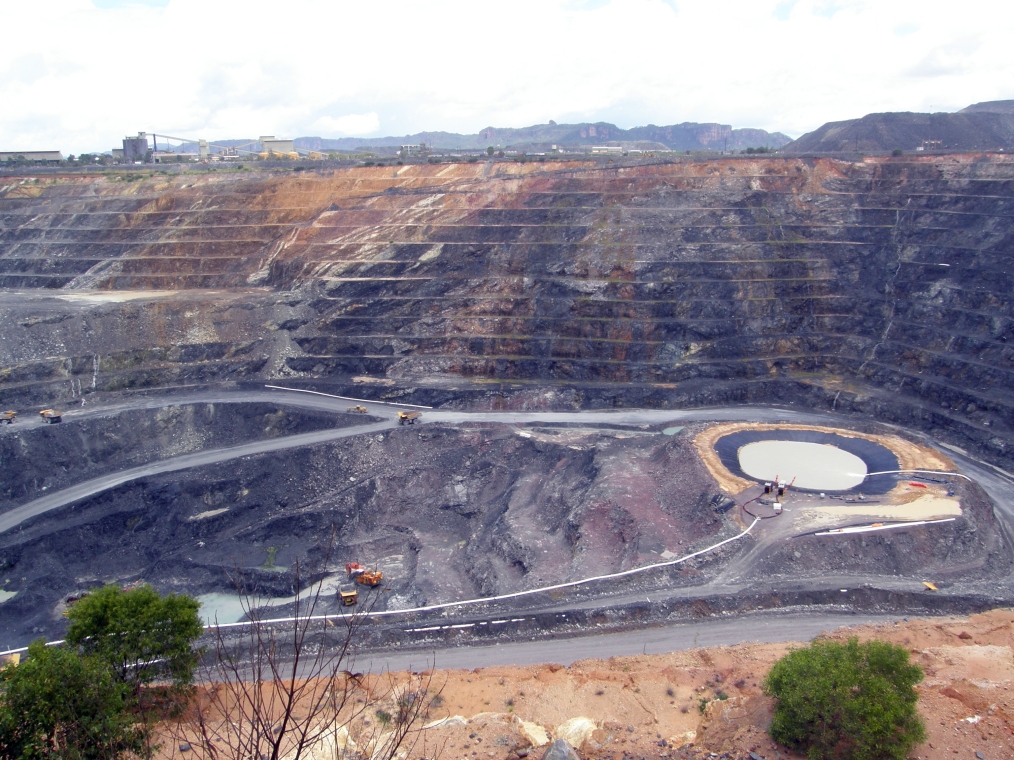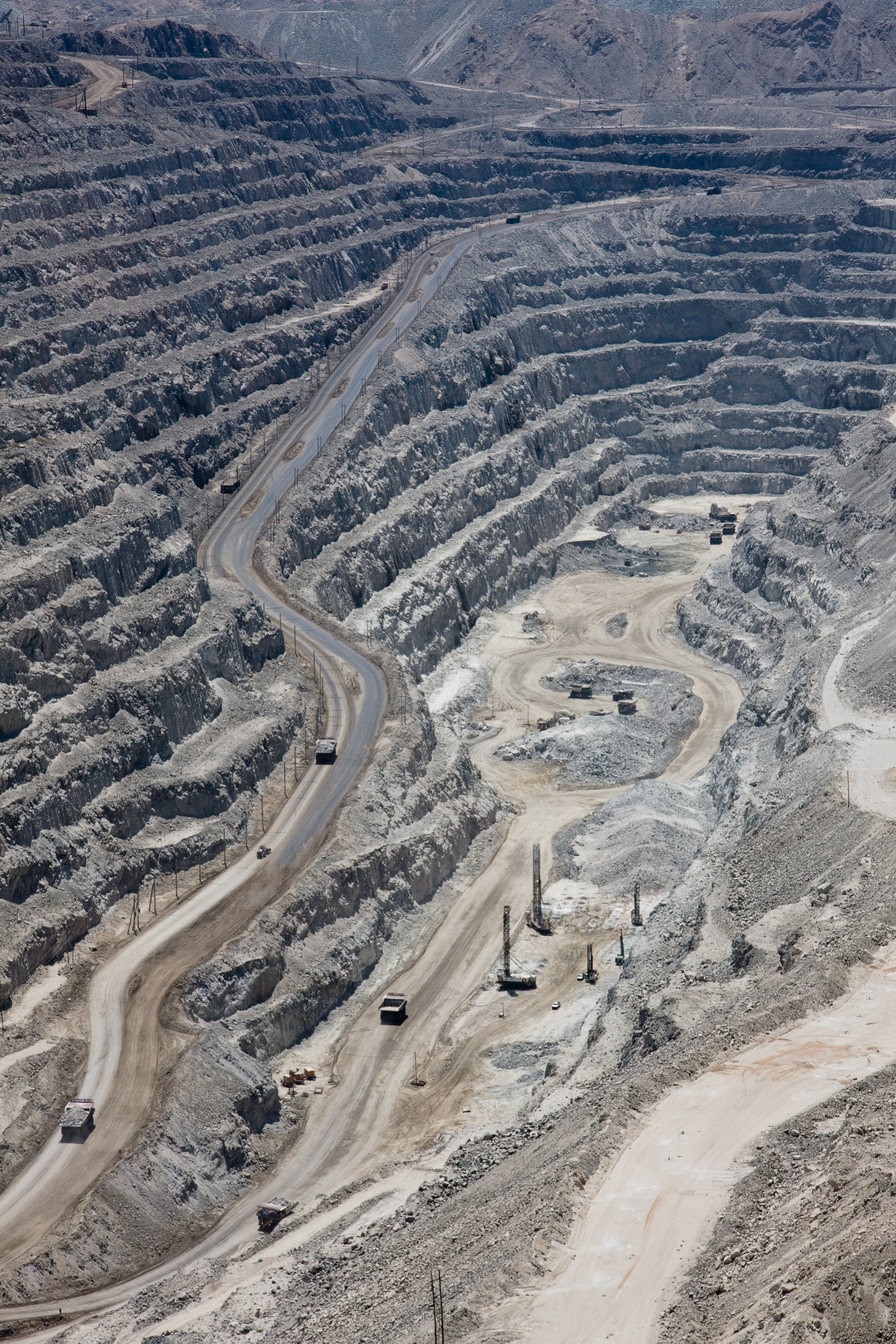Uranium Mining Debate on:
[Wikipedia]
[Google]
[Amazon]

 The uranium mining debate covers the political and environmental controversies of
The uranium mining debate covers the political and environmental controversies of

 The uranium mining debate covers the political and environmental controversies of
The uranium mining debate covers the political and environmental controversies of uranium mining
Uranium mining is the process of extraction of uranium ore from the earth. Over 50,000 tons of uranium were produced in 2019. Kazakhstan, Canada, and Australia were the top three uranium producers, respectively, and together account for 68% of w ...
for use in either nuclear power
Nuclear power is the use of nuclear reactions to produce electricity. Nuclear power can be obtained from nuclear fission, nuclear decay and nuclear fusion reactions. Presently, the vast majority of electricity from nuclear power is produced by ...
or nuclear weapons
A nuclear weapon is an explosive device that derives its destructive force from nuclear reactions, either nuclear fission, fission (fission or atomic bomb) or a combination of fission and nuclear fusion, fusion reactions (thermonuclear weap ...
.
Background and public debate
In 2022 Kazakhstan produced the largest share of uranium from mines (43% of world supply), followed by Canada (15%) and Namibia (11%). Australia has 23% of the world's uranium ore reserves and the world's largest single uranium deposit, located at the Olympic Dam Mine inSouth Australia
South Australia (commonly abbreviated as SA) is a States and territories of Australia, state in the southern central part of Australia. With a total land area of , it is the fourth-largest of Australia's states and territories by area, which in ...
.
The years 1976 and 1977 saw uranium mining
Uranium mining is the process of extraction of uranium ore from the earth. Over 50,000 tons of uranium were produced in 2019. Kazakhstan, Canada, and Australia were the top three uranium producers, respectively, and together account for 68% of w ...
become a major political issue in Australia, with the Ranger Inquiry (Fox) report opening up a public debate about uranium mining.Bauer, Martin (ed) (1995). ''Resistance to New Technology'', Cambridge University Press, p. 173. The Movement Against Uranium Mining group was formed in 1976, and many protests and demonstrations against uranium mining were held.Drew Hutton and Libby Connors, (1999). ''A History of the Australian Environmental Movement'', Cambridge University Press. Concerns relate to the health risks and environmental damage from uranium mining.
In 1977, the National Conference of the Australian Labor Party
The Australian Labor Party (ALP), also known as the Labor Party or simply Labor, is the major Centre-left politics, centre-left List of political parties in Australia, political party in Australia and one of two Major party, major parties in Po ...
(ALP) passed a motion in favour of an indefinite moratorium on uranium mining, and the anti-nuclear movement in Australia acted to support the Labor Party and help it regain office. However, after the ALP won power in 1983, the 1984 ALP conference voted in favour of a " Three mine policy".
Australia has three operating uranium mines at Olympic Dam (Roxby) and Beverley - both in South Australia
South Australia (commonly abbreviated as SA) is a States and territories of Australia, state in the southern central part of Australia. With a total land area of , it is the fourth-largest of Australia's states and territories by area, which in ...
's north - and at Ranger in the Northern Territory. As of April 2009, construction has begun on South Australia's fourth uranium mine—the Honeymoon Uranium Mine.
The Rössing Uranium Mine located in Namibia is the world's longest-operating open-pit uranium mine. The uranium mill tailings dam has been leaking for a number of years, and on January 17, 2014, a catastrophic structural failure of a leach tank caused a major spill. The France-based laboratory, Commission de Recherche et d'Information Independentantes sur la Radioactivite (CRIIAD) reported elevated levels of radioactive materials in the area surrounding the mine.
Notable anti-uranium activists include Golden Misabiko (Democratic Republic of the Congo
The Democratic Republic of the Congo (DRC), also known as the DR Congo, Congo-Kinshasa, or simply the Congo (the last ambiguously also referring to the neighbouring Republic of the Congo), is a country in Central Africa. By land area, it is t ...
), Kevin Buzzacott (Australia), Jacqui Katona (Australia), Yvonne Margarula (Australia), Jillian Marsh (Australia), Manuel Pino (US), JoAnn Tall (US), and Sun Xiaodi (China). There have been many reports about working conditions at the mine, and the effects on the mine laborers.
Health risks of uranium mining
Because uranium ore emitsradon
Radon is a chemical element; it has symbol Rn and atomic number 86. It is a radioactive noble gas and is colorless and odorless. Of the three naturally occurring radon isotopes, only Rn has a sufficiently long half-life (3.825 days) for it to b ...
gas, uranium mining can be more dangerous than other underground mining, unless adequate ventilation systems are installed. During the 1950s, many Navajos in the U.S. became uranium miners, as many uranium deposits were discovered on Navajo reservations. A statistically significant subset of these early miners later developed small cell carcinoma after exposure to uranium ore. Radon
Radon is a chemical element; it has symbol Rn and atomic number 86. It is a radioactive noble gas and is colorless and odorless. Of the three naturally occurring radon isotopes, only Rn has a sufficiently long half-life (3.825 days) for it to b ...
-222, a natural decay product
In nuclear physics, a decay product (also known as a daughter product, daughter isotope, radio-daughter, or daughter nuclide) is the remaining nuclide left over from radioactive decay. Radioactive decay often proceeds via a sequence of steps ( d ...
of uranium, has been shown to be the cancer-causing agent. Some American survivors and their descendants have received compensation under the Radiation Exposure Compensation Act which was enacted in 1990, and as of 2016 continues to receive and award claims. Successful claimants have include uranium miners, mill workers and ore transporters.
Residues from processing of uranium ore can also be a source of Radon. Radon resulting from the high radium content in uncovered dumps and tailing ponds can be easily released into the atmosphere.
Also possible is the contamination of ground water and surface water with uranium by leaching processes. In July 2011, the World Health Organization
The World Health Organization (WHO) is a list of specialized agencies of the United Nations, specialized agency of the United Nations which coordinates responses to international public health issues and emergencies. It is headquartered in Gen ...
(WHO) released the fourth edition of its guidelines for drinking-water quality. The drinking water guidance level for uranium was increased to 30 μg/L. This limit can be exceeded near mill tailings or mining sites.
Tetravalent uranium is commonly assumed to form insoluble species and such strategy was employed to reduce the risk of uranium leakage near mining sites. However, the presence of U(IV) in soil bound to amorphous Al-P-Fe-Si aggregates as a non-crystalline species was detected by Rizlan Bernier-Latmani and coworkers into a stream that joined a mining-impacted wetland in France, raising suspicious that phenomena of uranium leakage could be greater than previously imagined.
In January 2008 Areva
Areva S.A. was a French multinational group specializing in nuclear power, active between 2001 and 2018. It was headquartered in Courbevoie, France. Before its 2016 corporate restructuring, Areva was majority-owned by the French state through t ...
was nominated for an Anti Oscar Award. The French state-owned company mines uranium in northern Niger where mine workers are not informed about health risks, and analysis shows radioactive contamination
Radioactive contamination, also called radiological pollution, is the deposition of, or presence of Radioactive decay, radioactive substances on surfaces or within solids, liquids, or gases (including the human body), where their presence is uni ...
of air, water and soil. The local organization that represents the mine workers spoke of "suspicious deaths among the workers, caused by radioactive dust and contaminated groundwater".
Uranium mining and indigenous people
Large-scale uranium mining operations throughout the world have had a significant impact on indigenous peoples and their ways of life, raising questions concerning economic development of "remote regions" in relation to the impact on traditions life styles of these cultures, and resulting health and environmental hazards. The Jabiluka uranium mine is located inKakadu National Park
Kakadu National Park is a protected area in the Northern Territory of Australia, southeast of Darwin. It is a World Heritage Site. Kakadu is also gazetted as a locality, covering the same area as the national park, with 313 people recorded l ...
, Australia, is a World Heritage Site
World Heritage Sites are landmarks and areas with legal protection under an treaty, international treaty administered by UNESCO for having cultural, historical, or scientific significance. The sites are judged to contain "cultural and natural ...
and home to the Mirrar Aboriginal culture. A dispute exists between the mining industry
Mining is the extraction of valuable geological materials and minerals from the surface of the Earth. Mining is required to obtain most materials that cannot be grown through agricultural processes, or feasibly created artificially in a la ...
, the Mirrar people represented by Yvonne Margarula, ecologist
Ecology () is the natural science of the relationships among living organisms and their environment. Ecology considers organisms at the individual, population, community, ecosystem, and biosphere levels. Ecology overlaps with the closely re ...
s and politicians on the implications of postcolonialism in relation to the impacts on the health and vitality of humans and other species, and effects on scarce water resources. The impact of uranium mining, milling and processing for India's burgeoning nuclear power industry has created controversy between indigenous peoples and mining and energy development. Winona LaDuke, spokesperson for Native Americans and First Nations has written extensively on the impact of uranium mining on indigenous communities.
The Jackpile Uranium Mine was the world's largest open-pit uranium mine until its closure in the 1980s. The mine, located on Laguna Pueblo land in New Mexico covered approximately 2,500 acres, and employed Laguna, Canyoncito, Acoma and Zuni Pueblo people, as well as the Navajo. The Jackpile Mine had a significant gendered impact on the Laguna Pueblo community. The mine employed men from the community, which shifted the economy form largely agricultural to wage-earning, with mostly men working in the mine. Laguna Pueblo culture is traditionally matriarchal and matrilineal. Men earning wages, gave them more power in and outside the community. Because the Mine operated 24/7, mine workers often missed participating in ceremonies to go to work.
See also
*Church Rock uranium mill spill
The Church Rock uranium mill spill occurred in the U.S. state of New Mexico on July 16, 1979, when United Nuclear Corporation's tailings disposal pond at its Uranium mining#Heap leaching, uranium mill in Church Rock, New Mexico, Church Rock breac ...
*Environmental racism
Environmental racism, ecological racism, or ecological apartheid is a form of racism leading to negative environmental outcomes such as landfills, Incineration, incinerators, and hazardous waste disposal disproportionately impacting Community ...
* Nuclear labor issues
* Nuclear power debate
* Nuclear weapons debate
*'' The Navajo People and Uranium Mining''
*'' The Return of Navajo Boy''
References
{{Nuclear technology Uranium mining Environmental impact of mining Uranium politics